What if? This is the first of hopefully a series of posts that act as reflections and provocations to design challenges that Exhibit Change has encountered. The What if? questions are not intended to be solutions or definitive statements, but rather questions that begin a series of exploration and understanding.
A few weeks ago, I participated in a community forum.
The event’s goal is “to develop a strategy to help underemployed and unemployed teachers explore career opportunities outside of schools”.
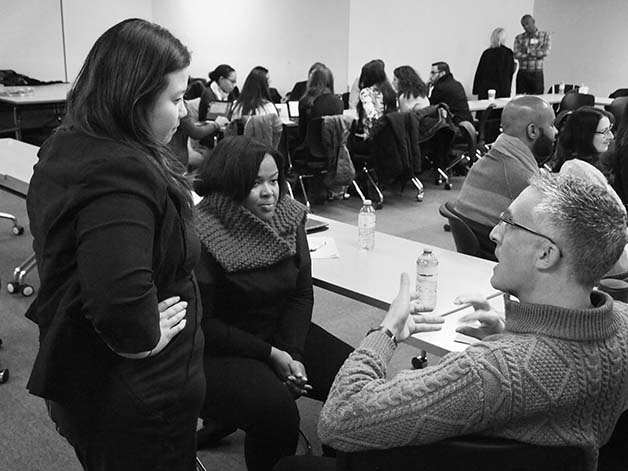
“In 2006, 30 percent of teachers in their first year after graduation were either unemployed or underemployed. By 2010, that proportion had more than doubled, to 68 percent. Nearly one in four new teachers got no work at all, up from just three percent in 2006.” – Way Too Many Teachers: University Affairs
Leaving the day, this challenge started gnawing at me and I thought What if?
What If, we took a studio approach to this design challenge? Who would be the right people to interview? How could we get decision-makers to put strategies in place to mitigate this? Who are the teachers that are still enrolling for these positions when the circumstances seem so grim? What happens if all teacher colleges stopped operating for 5 years?
This is something I am looking into investigating more.
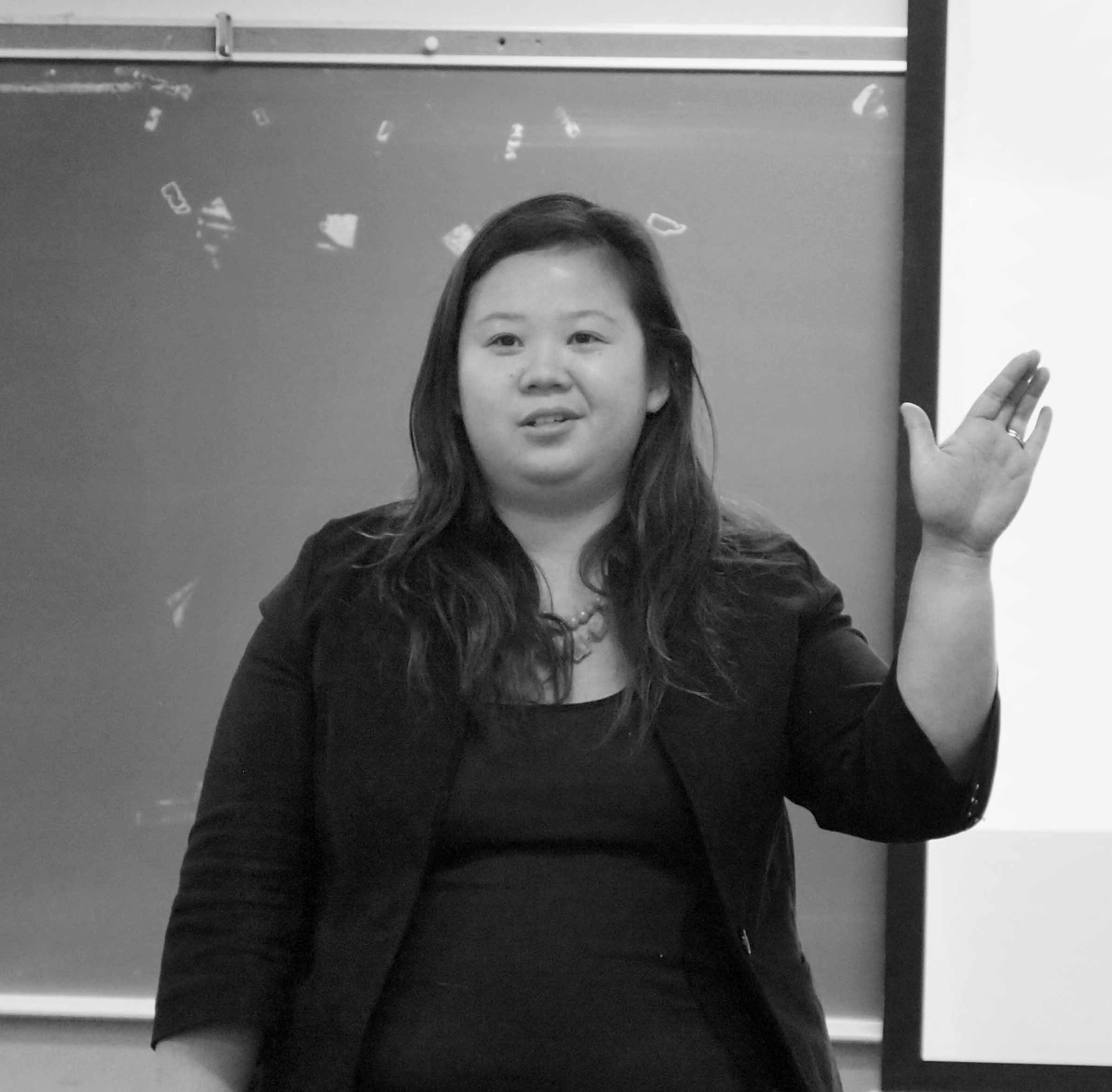
On November 22 2014, CivicAction’s DiverseCity Fellows Neil Price, Jamil Javani and Michael Bosompra hosted Teachers Beyond the Classroom community forum at the Ontario Institute for Studies in Education (OISE) at the University of Toronto.
My concern heading into the day was that our panel was going to be surface level to the deeper employment challenges and immediate need for solutions. The room was a mix of pre-service teachers, teachers working in schools now, and teachers who have left schools and are working in different areas of education now – including a school trustee and business.
To kick off the day, I participate in a panel alongside Camesha Cox, a teacher who has started her own organization called The Reading Partnership and David Montemurro, a teacher educator from OISE who works to place teacher candidates in field placements. I was representing the perspective of someone that has collaborated with educators.

I am thankful to Neil, Jamil and Michael for taking on this wicked problem. There will be report and the community forum was structured around these research questions:
-
What skills do teachers bring to the table for non-school employers, and what careers need those skills?
-
Are teachers’ college students being adequately prepared for job opportunities outside of schools?
- What impact can teachers’ college graduates have on various industries and organizations in Ontario?
- How can employers, governments, and universities better support teachers’ college students and alumni in finding work outside of schools?
-
How might recent changes to teacher education in Ontario impact teacher employment outside of schools?
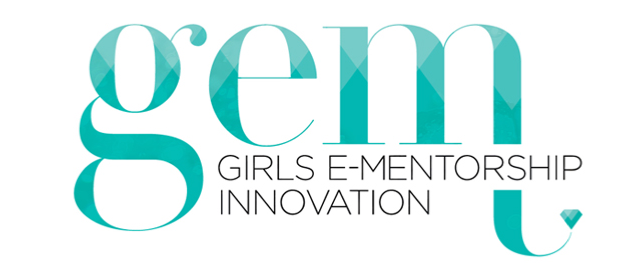
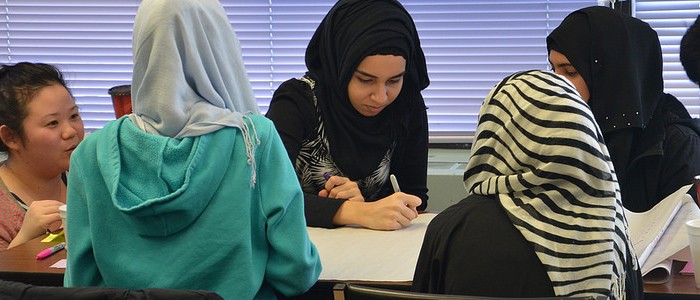 With
With 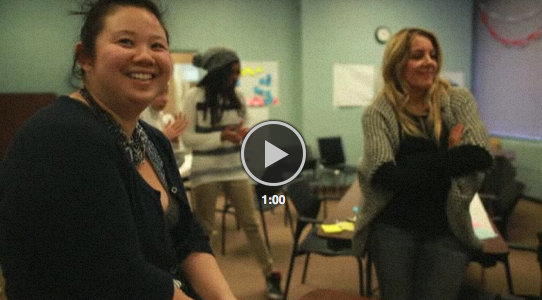
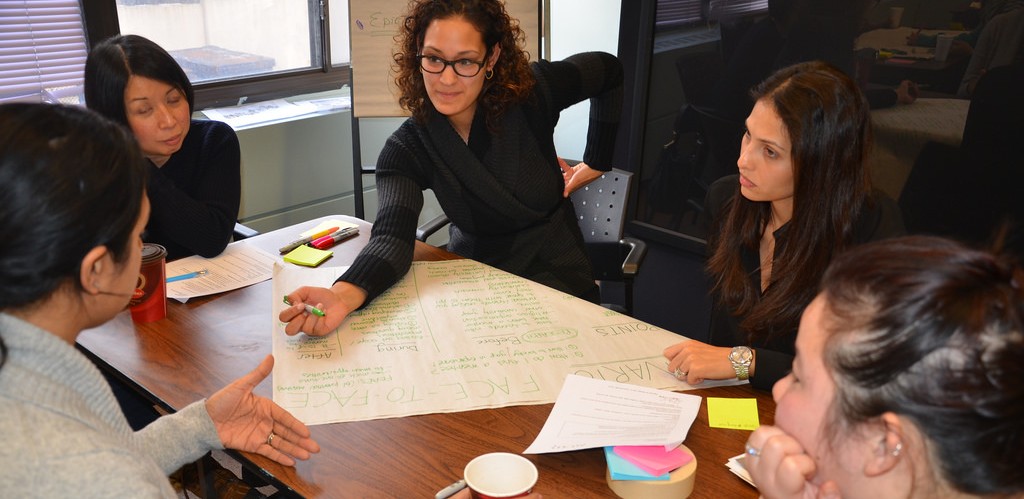 We were happy to hear that the girls felt like their voices were being heard and that they genuinely helping to share the GEM program. It is also inspiring to see the GEM girls actively asking questions and provoking new thinking around how to evolve the exceptions of the mentorship program into a truly user-centred design. Can’t wait until Design Lab 3!
We were happy to hear that the girls felt like their voices were being heard and that they genuinely helping to share the GEM program. It is also inspiring to see the GEM girls actively asking questions and provoking new thinking around how to evolve the exceptions of the mentorship program into a truly user-centred design. Can’t wait until Design Lab 3!